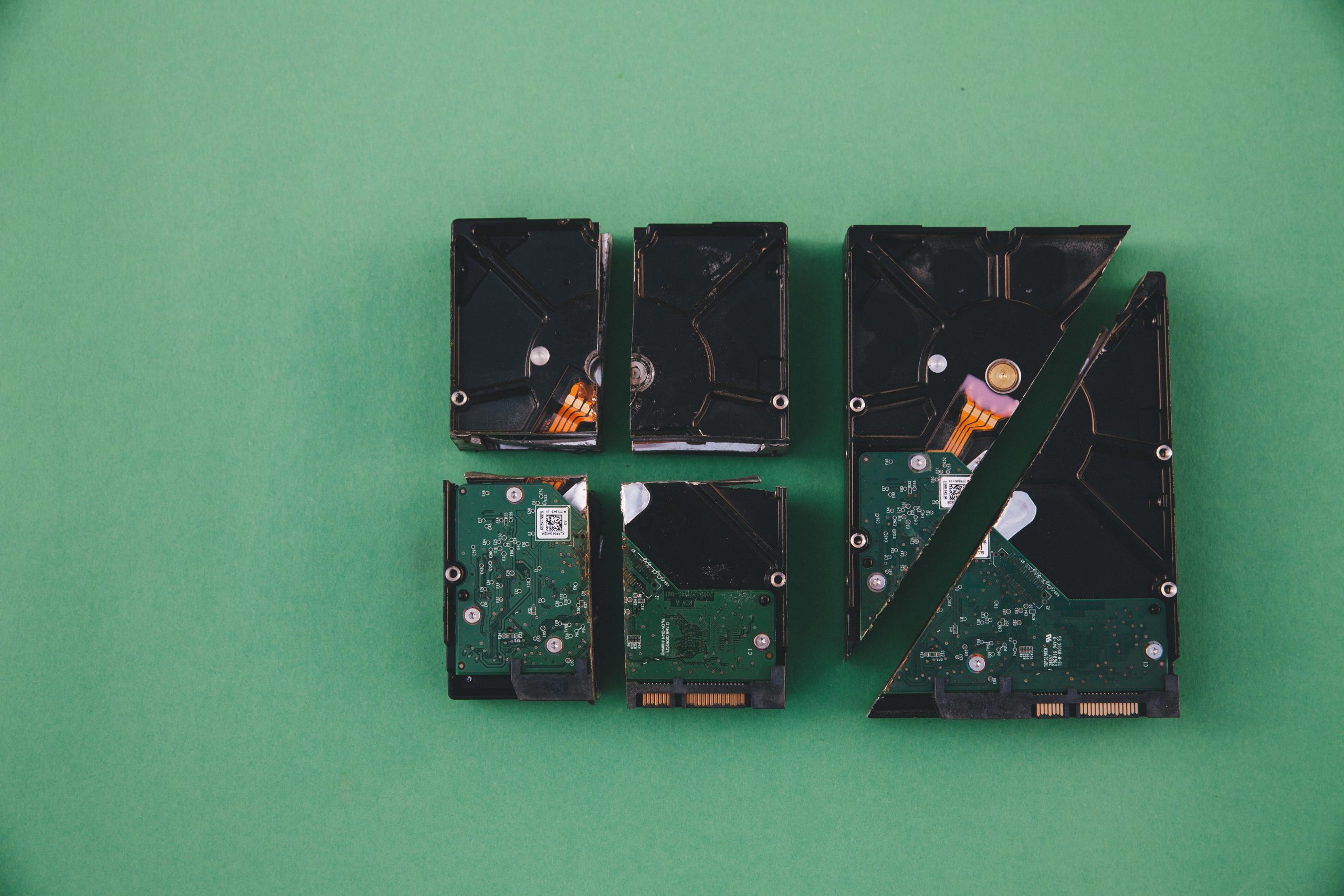Troubleshooting SSD Issues on an Early 2015 MacBook Pro
If you own a MacBook Pro from early 2015 and are encountering boot issues, you’re not alone. Several users have reported complications with their internal SSDs, which can be frustrating and concerning. In this post, we’ll explore a common symptom of SSD failure and what you might do to address the situation.
Symptoms of SSD Failure
One of the notable signs that your MacBook Pro’s SSD might be having issues is when the device fails to boot properly. Upon startup, you might see a prohibitory symbol (a circle with a line through it) or a flashing folder with a question mark. These indicators suggest that your system is struggling to locate the operating system or boot files.
Checking Disk Utility
After noticing the boot issue, the first step many users take is to investigate the Disk Utility. In some cases, the internal SSD may show up, but without any visible partitions. In other situations, it may not be recognized at all, making further troubleshooting challenging.
Possible Solutions
If you’re facing this dilemma, you may wonder if there’s a way to update the firmware or perform additional actions to recover your data. Here are a few suggestions:
-
Reset the NVRAM/PRAM: Sometimes, a simple reset can help. Shut down your MacBook, then power it on while holding down Option, Command, P, and R keys simultaneously for about 20 seconds.
-
Use Recovery Mode: Restart your device and hold down Command + R during bootup to enter macOS Recovery. From there, you can access Disk Utility for further diagnostics.
-
Check Connections: If you feel comfortable, consider opening your MacBook to check the physical connections of the SSD. Loose connections can occasionally lead to these issues.
-
Consider Professional Help: If none of the above methods work, it might be time to consult with a professional technician. They can perform advanced diagnostics and potentially recover your data.
Conclusion
Dealing with SSD problems on a MacBook Pro can be disheartening, particularly if critical files are at risk. By recognizing the symptoms and following some preliminary troubleshooting steps, you may find a resolution to the issue. If you’re uncertain, seeking professional assistance is always a prudent choice to ensure your data is safeguarded.
Stay tuned for further updates and tips on maintaining your MacBook and preventing future
Share this content:



